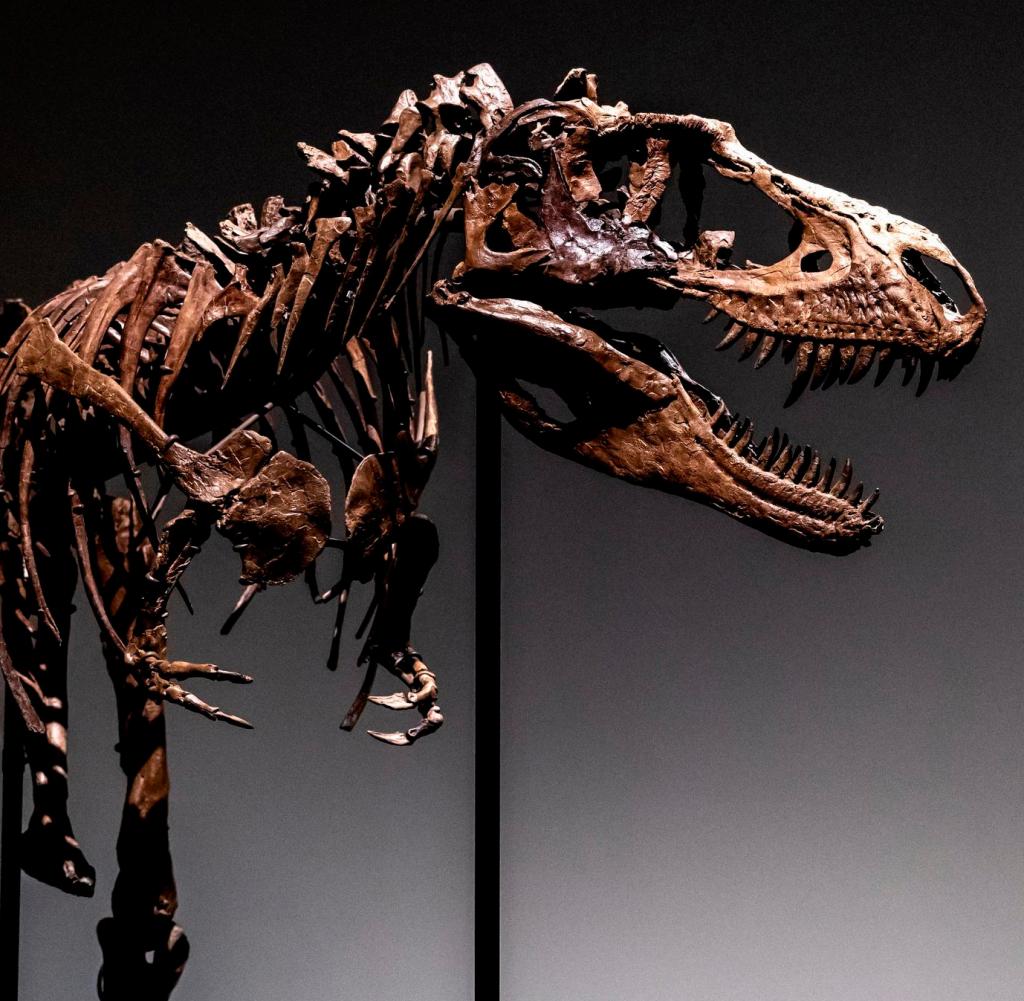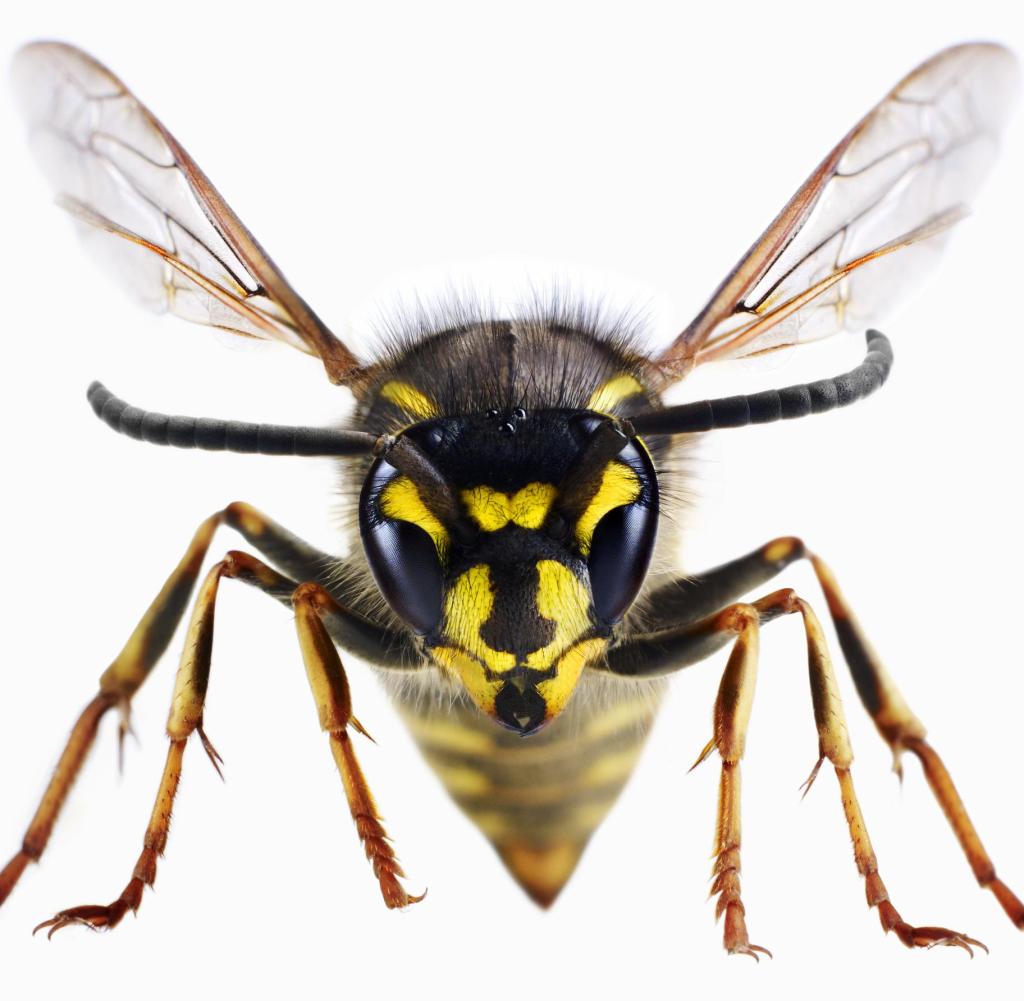Humans are not descended from this little monster

A 3D model of Saccorhytus Coronarius shows the funny little fellow
Source: Philip Donoghue et al
It’s egg-shaped, has spikes and a massive esophagus: Saccorhytus Coronarius could be in a children’s movie. Scientifically, it has been wrongly judged thus far. Now researchers have new insights into the fossil.
DrIt’s a spiky little monster-like creature with a big mouth and no anus that doesn’t belong to our early human ancestors. Scientists have assumed so far. Now an international team of researchers is in the journal “temper nature“It’s better. According to this, the fossils from Saccorhytus Coronarius Because some of the body openings are misinterpreted, they have been wrongly assigned to the animal group of new mouths (deuterostomy), to which we humans also belong.
Elaborate X-rays of hundreds of fossils showed that the animal should instead be assigned to the so-called feathered animals (Ecdysozoa), which include insects, spiders, and tardigrades. 3D model published by researchers Saccorhytus Coronarius It shows an egg-shaped organism with an earring in the middle, which occupies a large part of the surface of the body.
Its body is covered with many small spines and some large spines. According to the study, it is possible that the small animal lived on the sea floor and may not be able to crawl or crawl. Eating and defecation occur through the mouth.
The first discovery of Saccorhytus Coronarius It comes from Shaanxi Province, China. The layer of rock from which the fossil arose dates back to 530 million years ago. The diameter of the fossa is about a millimeter. It has holes around its mouth. They were initially interpreted as the so-called nostril pores, a rudimentary feature of new mouths. But this interpretation of the vents was wrong, researchers led by Zhang Huaqiao of the Nanjing Institute of Geology and Paleontology of the Chinese Academy of Sciences now show.
They collected hundreds of other fossils of the same type, some of which have been much better preserved than previous finds. The researchers took X-ray images from different angles and used them to create a 3D computer model Saccorhytus Coronarius to construct. Scientists were able to establish that the so-called gill pores were in fact spinal cavities. “We believe this Saccorhytus helped capture and treat its prey,” says co-author Huaqiao Zhang.
who – which Saccorhytus Coronarius The anus does not have a special feature. Researchers assume that her ancestors had an anus, but it regressed. How the anus arose – and in some cases disappeared – in animals is important to understanding the evolution of animals and their bodies.
“Aha! Ten Minutes of Everyday Knowledge” is WELT’s Knowledge Podcast. Every Tuesday and Thursday we answer daily science questions. Subscribe to the podcast at spotifyAnd the Apple PodcastAnd the DeezerAnd the amazon music Or directly via RSS feed.

“Total coffee aficionado. Travel buff. Music ninja. Bacon nerd. Beeraholic.”









More Stories
Researchers detect extremely high-energy gamma rays
Anxiety disorders in old age increase the risk of dementia
Researchers are particularly fascinated by these exoplanets.